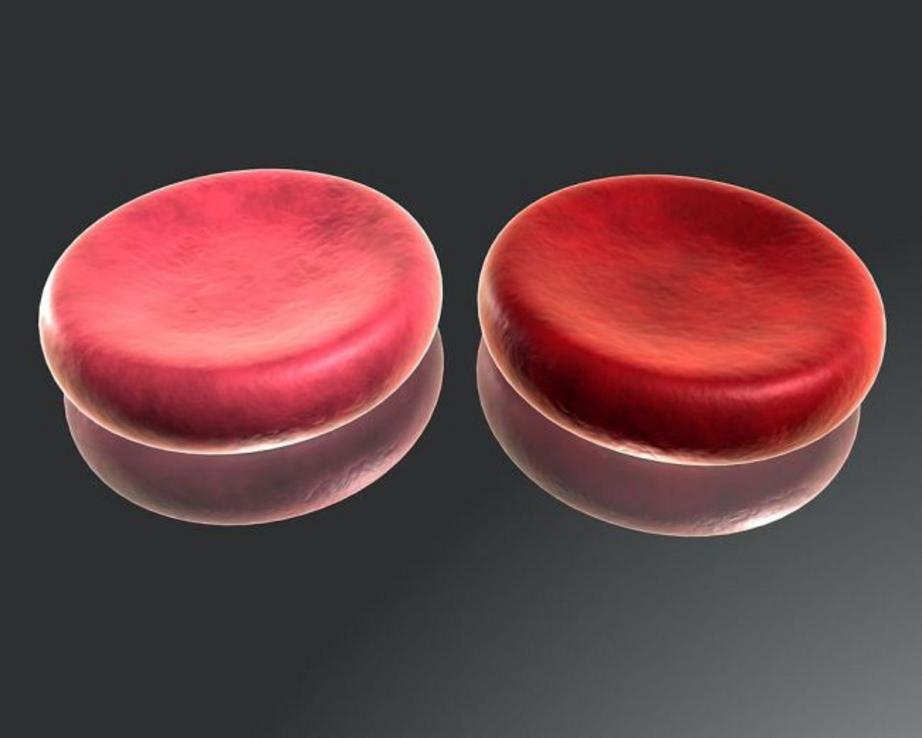What you should know about blood oxygen levels
Our blood oxygen level is one of the essential parameters in checking one’s health, as it is the measure of the amount of oxygen our red blood cells are carrying. It is vital for individuals to have an accurate balance of oxygen-saturated blood in the body, which is why monitoring blood oxygen saturation (SpO2) makes an essential procedure.
Unlike the vital signs, a person’s blood oxygen level does not usually require initial monitoring, unless the patient has a history of chronic obstructive pulmonary disease or any other chronic lung diseases, or if he or she is showing signs of breathing problems or chest pain. In such cases, the doctor will require constant monitoring of blood oxygen saturation levels to determine the patient’s condition.
It is vital that the body gets the adequate amount of oxygen that it needs; otherwise, it will be unable to function in its full capacity.
The role of oxygen and blood in the body
The lungs is not the only organ of the body that deals with oxygen. In fact, they are in constant collaboration with the heart, which pumps blood and transports it throughout the body through arteries and capillaries. When the heart sends blood to the lungs, the blood cells become oxygenated. Once they already carry oxygen, these red blood cells deliver this oxygen to every tissue and organ of the body. It is an ongoing cycle that keeps the body healthy and ultimately allows it to function properly.
How blood oxygen levels are measured
There are two different tests that can measure blood oxygen levels. One is the arterial blood gas (ABG) test, which can also determine the blood’s pH levels. Although this test provides very accurate results, the procedure is invasive, as the doctor needs to draw blood from an artery instead of a vein. Since arteries carry oxygenated blood and the veins don’t, it is the more logical choice.
There is another test that measures blood oxygen saturation levels known as pulse oximetry. Using an SpO2 pulse oximeter, which is a noninvasive device, oxygen levels in the blood is easily estimated. This procedure is done by attaching an SpO2 sensor, which appears like a clip, to the finger, earlobe, or toe. The device sends infrared light into the capillaries and then measures the amount of light that is reflected off the gases.
The pulse oximetry sensor then indicates how saturated the blood is with a 2 percent error window. Although it is slightly less accurate than the arterial blood gas test, it is much easier and more convenient to perform. Even patients can perform this test by themselves if a home device is needed.
Blood oxygen levels and their effect on the body
With an ABG test, the normal oxygen level falls between 80 and 100 mmHg. On the other hand, the normal reading for a pulse oximetry sensor is usually between 95 and 100 percent. The normal levels may vary in people with COPD or other lung conditions. But for individuals who are not suffering from such diseases, a below normal reading can have serious indications.
Having low blood oxygen levels, referred to as hypoxemia, indicates a reading of less than 80 mmHg. When this happens, the cells are not able to fully function, and negative effects in the body can be felt immediately depending on how mild or severe the condition is.

In mild hypoxemia, the initial effects of low blood oxygen levels are directed to the respiratory system. As it struggles to compensate for the amount of oxygen lacking in the blood, the lungs struggle to breathe more, increasing the rate for up to 12 to 16 breaths a minute. This increased breathing rate can even reach up to 24 breaths per minute or higher. This symptom is often manifested as a shortness of breath, which is usually the body’s initial reaction. Other common symptoms of mild hypoxemia include restlessness, headaches, and fatigue.
If the situation leads to severe hypoxemia, brain function may be impaired and disorientation may occur. There may be irregular breathing patterns, cyanosis, and chest pain. If untreated, severe hypoxemia can lead to coma or even death.
It is important for the body to get the oxygen that it needs. If any of the above symptoms occur, your blood oxygen levels may be in jeopardy. Don’t hesitate to seek medical attention at the soonest time possible.

